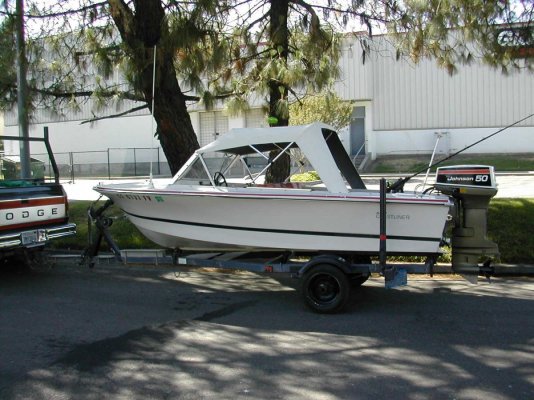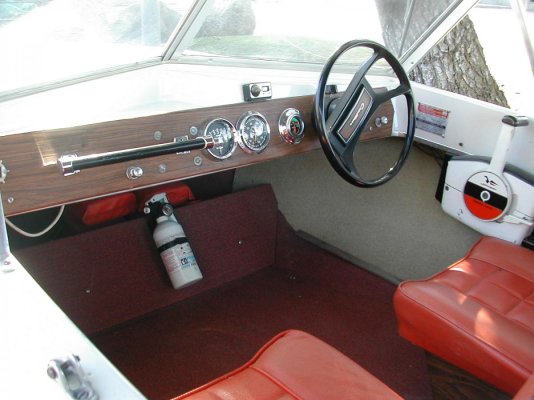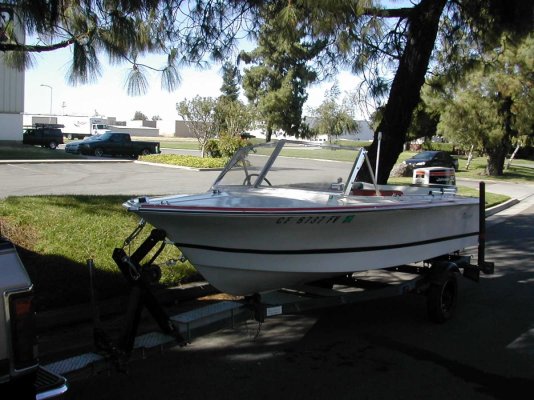DW8928-yup, wrong assumption. Some folks put "mouse milk" in their gasoline outboard fuel. Many swear by this solution. I have owned carbureted outboard engines (2- and 4-cycle) for some 50 years now, only use non-ethanol gasoline, and have religiously run my carbureted outboard motors dry after every use. No mouse milk, however. While this technique has prevented issues with blockage of the fuel system, it has NOT prevented issues with the routine need for adjustment, priming, cleanout, "fiddling", and other associated ills with carbureted outboards.
And by the way, ditto the above for my lawn mowers, weed eaters, pressure washers, etc. that I use on dry land. Interesting that many dealers for industrial and consumer land-based small engine products (Stihl, for example) now offer single-use non-ethanol cans of premix for their 2-cycle carbureted engines. Carbureted engines that sit unused for long periods of time are simply a PIA.
My latest outboard (30hp Tohatsu) is EFI. WAY better fuel system than on ANY previous carbureted outboard to date. Easier to start, better fuel economy, better idle, better throttle respone, blah blah blah. And there are many very real (and non-pollution related) technical reasons why most all modern internal combustions engines are now fuel injected. In my opinion (YMMV), fuel injection is the correct choice for any outboard powered boat. Hopefully this technology will percolate down to the lower-powered outboards soon, so ALL can take advantage of it.
Regards,
Pete




